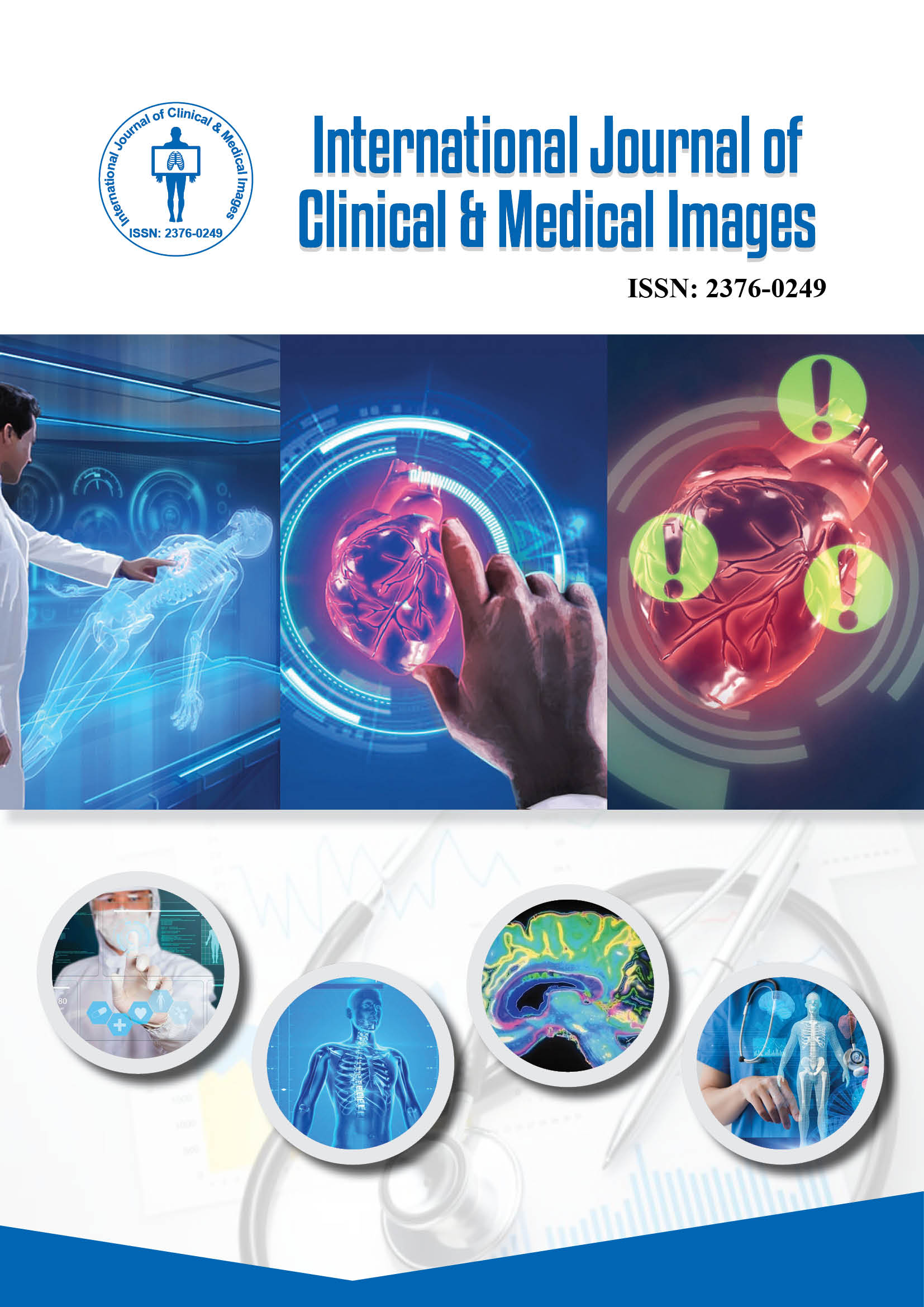2376-0249
Editorial - International Journal of Clinical & Medical Images (2025) Volume 12, Issue 6
Author(s): Artas Nguyen
Imaging Children: Recognizing Patterns in Pediatric Disease emphasizes the critical role of medical imaging in diagnosing illnesses unique to the pediatric population. Children often present with subtle or nonspecific symptoms, making visual evaluation an essential complement to clinical assessment. Through radiographs, ultrasound, MRI and CT scans, clinicians can identify characteristic patterns of pediatric diseasesâ??from congenital anomalies and developmental disorders to infections and neoplasms. Recognizing these imaging patterns allows for timely diagnosis, accurate treatment planning and improved outcomes for young patients.
Pediatric imaging requires careful consideration of both safety and technique. Minimizing radiation exposure is a priority, making modalities like ultrasound and MRI especially valuable. Radiographs remain important for assessing skeletal growth, fractures and chest pathology, while CT is reserved for complex or urgent cases requiring rapid evaluation. Each imaging modality offers unique advantages in visualizing specific organ systems and pathologies, providing a comprehensive approach to pediatric diagnostics [1].
Pattern recognition is central to interpreting pediatric imaging effectively. Familiarity with normal developmental anatomy and age-related variations enables clinicians to distinguish pathology from physiological changes. Characteristic imaging findingsâ??such as the ground-glass appearance in neonatal lungs, metaphyseal changes in rickets, or MRI features of pediatric brain tumorsâ??guide accurate diagnosis and differential considerations. Case-based learning and image atlases enhance cliniciansâ?? ability to recognize these patterns and apply them in clinical decision-making.
Advances in digital imaging and artificial intelligence are further enhancing pediatric diagnostics. AI-assisted tools help identify subtle abnormalities, quantify disease progression and support risk stratification. Additionally, telemedicine and image-sharing platforms enable remote consultation, improving access to pediatric expertise. Imaging Children: Recognizing Patterns in Pediatric Disease highlights how visual analysis, clinical correlation and emerging technologies combine to optimize pediatric care, ensuring early detection and effective management of childhood diseasesn [2].
Pediatric imaging, Pattern recognition, Diagnostic radiology
None.
None.
Google Scholar Cross Ref Indexed at
 Awards Nomination
Awards Nomination

